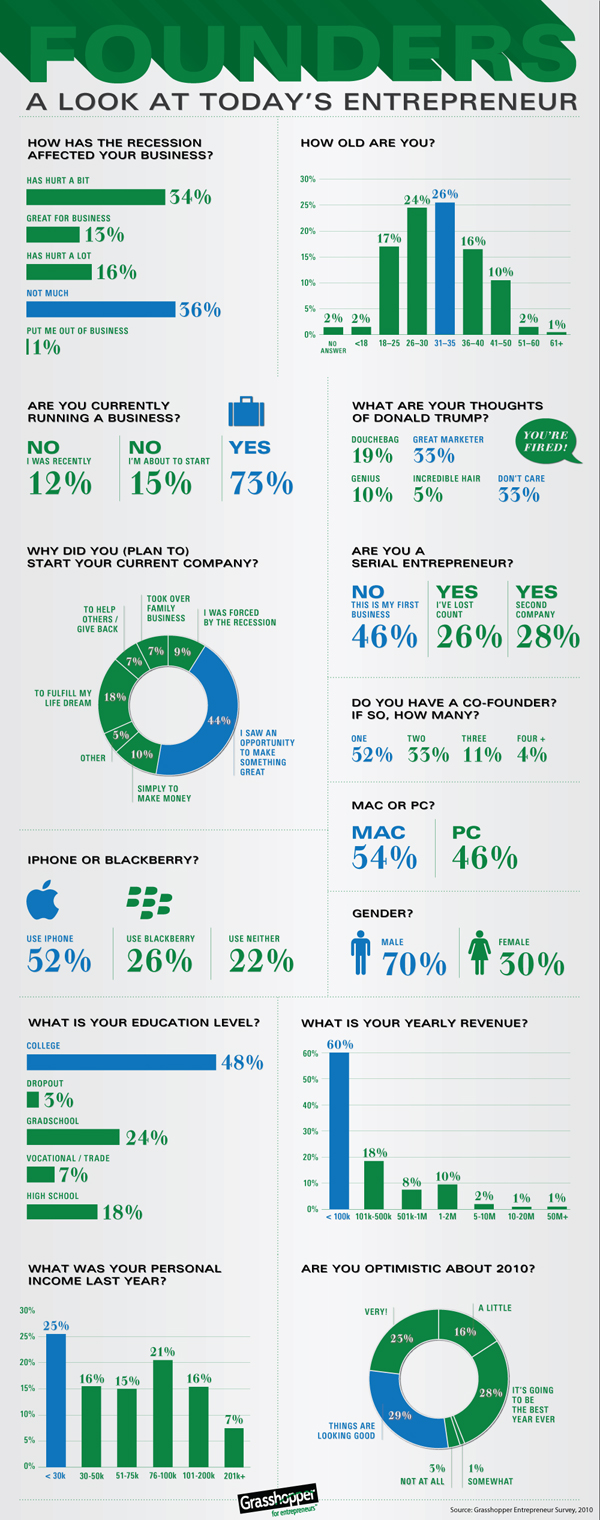Managing Decision Remorse – Positivity Bubble
Tuesday, April 27th, 2010A recent research study on consumer decision making found:
“When decisions are difficult because the choices are equally appealing, people often become more positive in their attitudes and behaviors toward their chosen option after they choose it. But the authors found that this enhancement of a product is surprisingly fragile, and collapses easily in the face of even minor negative information about it.”
 This “positivity bubble” (as the researchers describe it) is no surprise to cognitive designers. It comes from our need to get more mental energy out of an interaction then we put in. Making a choice especially between options that are very similar requires a lot of mental energy. To compensate we hype-up the value of the choice we make to create compensating meaning and positive emotional energy. The positivity bubble gives us energy to balance out or exceed what we used in making the decision. As it is primarily hype it bursts at the first sign of conflicting information. This collapse can lead to remorse and long-term dissatisfaction. And this can happen when the stakes are highest. To quote the study:
This “positivity bubble” (as the researchers describe it) is no surprise to cognitive designers. It comes from our need to get more mental energy out of an interaction then we put in. Making a choice especially between options that are very similar requires a lot of mental energy. To compensate we hype-up the value of the choice we make to create compensating meaning and positive emotional energy. The positivity bubble gives us energy to balance out or exceed what we used in making the decision. As it is primarily hype it bursts at the first sign of conflicting information. This collapse can lead to remorse and long-term dissatisfaction. And this can happen when the stakes are highest. To quote the study:
“Difficult decision scenarios with heightened stakes—such as shopping for expensive durable goods, choosing a gift for a loved one, or choosing a job, college, or house—are precisely those in which people would most hope to have accurate and stable attitudes,” the authors write. “Perversely, our results suggest that in these cases their attitudes might actually be the most fragile and bubble-like, appearing strong but actually quite vulnerable to collapse.”
This highlights a moment of truth from a cognitive design standpoint. A case where if we don’t properly manage the psychological need for mental energy we may in fact end up with a bad case of decision remorse. To take a deeper dive check out the article, Fragile Enhancement of Attitudes Following Difficult Decisions.










